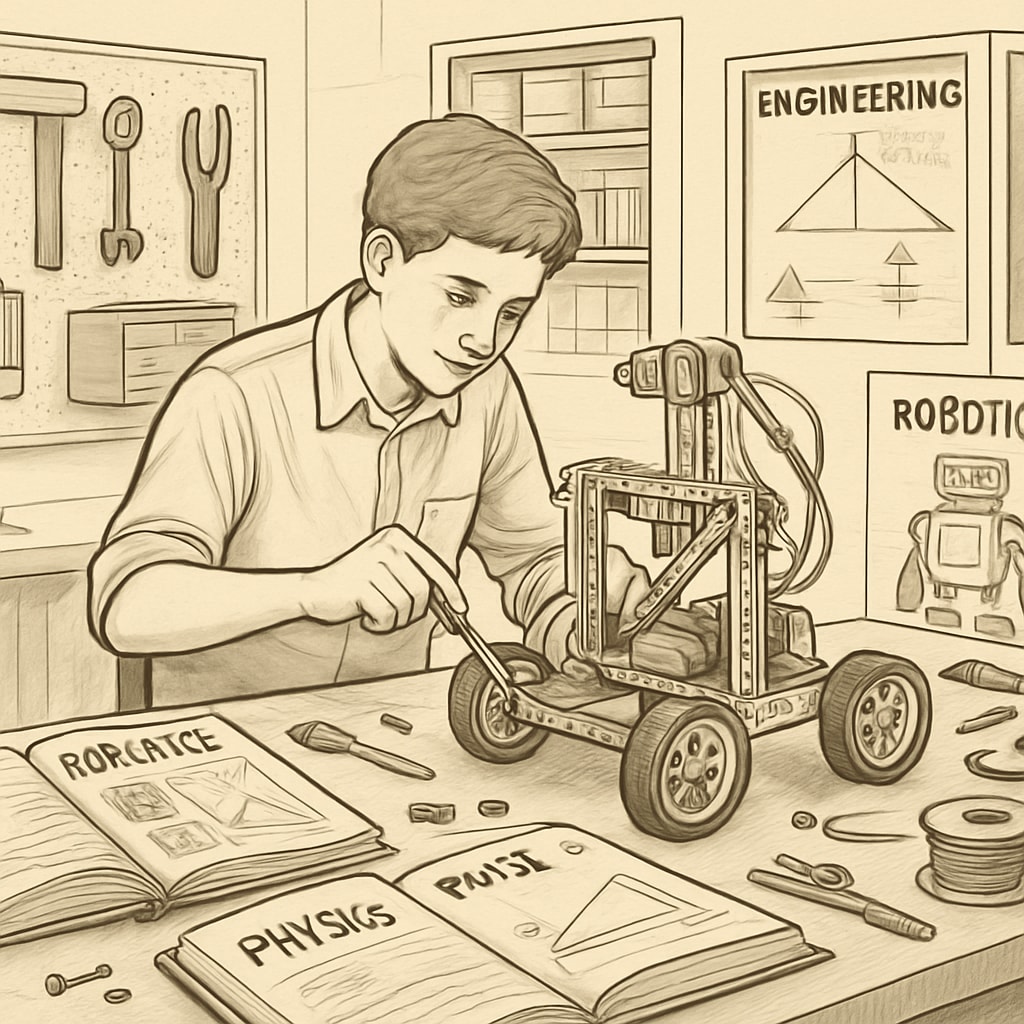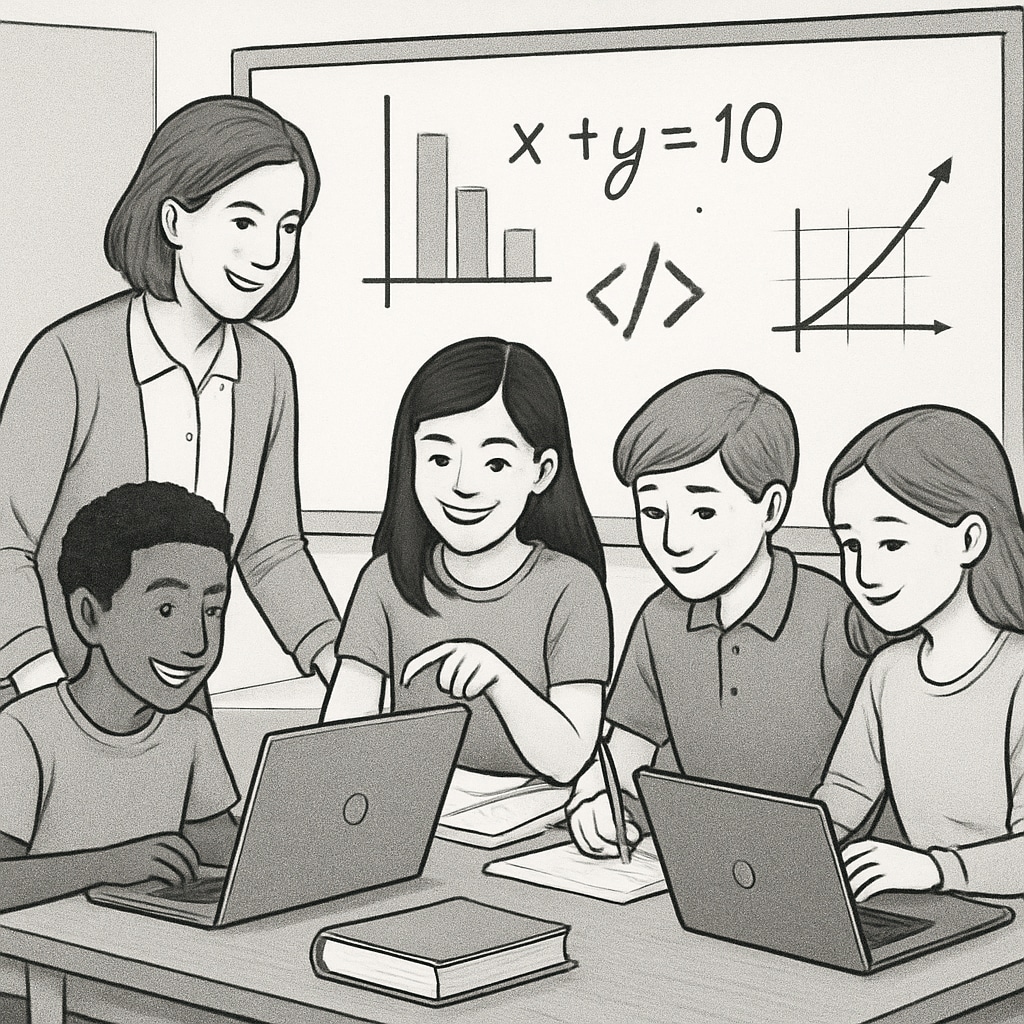In modern K-12 education, achieving a balance between vocational education, academic disciplines, and educational structures is a critical challenge. As schools strive to prepare students for both higher education and the workforce, integrating practical skill development with traditional academic learning has become essential. This article delves into the complementary relationship between vocational education and traditional subjects, examines diverse implementation models, and offers actionable strategies for creating a blended curriculum that addresses the needs of all students.
The Importance of Balancing Vocational and Academic Education
Vocational education, which focuses on equipping students with specific job-related skills, is often seen as a parallel but separate pathway to traditional academics. However, this dichotomy overlooks the synergy between the two. Integrating vocational training with academic learning fosters critical thinking, problem-solving, and adaptability—skills essential for success in both professional and academic settings.
For example, vocational courses in fields like engineering or healthcare can incorporate mathematical principles, biology, and critical thinking exercises, creating a multidisciplinary approach to learning. By blending these elements, students gain a more practical understanding of academic concepts while also developing industry-specific capabilities.

Educational Models That Integrate Vocational and Academic Learning
Schools and districts worldwide have experimented with various models to integrate vocational education and traditional academics. Below are some notable approaches:
- Career Academies: These are small, focused learning communities within high schools that combine academic coursework with career-oriented training. For instance, a healthcare academy might offer biology and chemistry alongside hands-on medical training.
- Dual Enrollment Programs: Students can enroll in courses that offer both high school and college credit, blending rigorous academics with vocational preparation.
- Project-Based Learning (PBL): This approach emphasizes real-world problem-solving. For example, students might design and build a solar-powered device, applying principles of physics, engineering, and environmental science.
Each of these models highlights the potential for vocational and traditional education to complement one another, creating a more engaging and effective learning experience.
Strategies for Building a Holistic Curriculum
Developing an integrated curriculum requires careful planning and collaboration among educators, administrators, and industry partners. Here are some key strategies to achieve this balance:
- Identify Overlapping Skills: Map out where vocational and academic subjects intersect, such as using math in carpentry or biology in agriculture. Design courses that intentionally bridge these areas.
- Collaborate with Industry Experts: Partner with local businesses to ensure vocational programs align with workforce needs while incorporating academic rigor.
- Train Teachers for Interdisciplinary Instruction: Provide professional development opportunities that prepare educators to teach integrated lessons effectively.
- Use Technology as a Connector: Leverage tools like simulation software, educational apps, and online platforms to merge theoretical knowledge with practical application.
By implementing these strategies, schools can create a curriculum that supports both academic excellence and career readiness.

Challenges and Opportunities in Educational Integration
While the integration of vocational and academic education offers numerous benefits, it is not without challenges. Resistance to change, limited resources, and the need for teacher training are common obstacles. However, these challenges also present opportunities for innovation. For instance, schools can seek grants to fund new programs or establish partnerships with local businesses to share resources.
Additionally, the growing emphasis on STEM (Science, Technology, Engineering, Math) education provides a natural framework for blending vocational and academic learning. By positioning integration as part of broader educational trends, schools can garner support from stakeholders and policymakers.
The Path Forward
Balancing vocational education, academic disciplines, and educational structures is essential for preparing students to thrive in a rapidly changing world. By recognizing the complementary nature of these approaches and implementing strategies for integration, schools can create a holistic learning environment that equips students with both practical skills and intellectual depth.
As educators and policymakers continue to refine these models, the ultimate goal remains clear: to empower students with the tools they need to succeed in any path they choose, whether it be further education, the workforce, or both.
Readability guidance: This article uses short paragraphs, lists, and transitional phrases to enhance readability. It maintains a balance between informative content and actionable strategies, ensuring accessibility for a broad audience.


